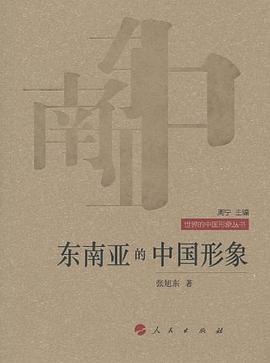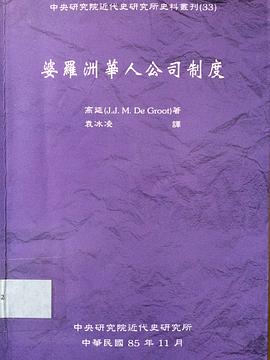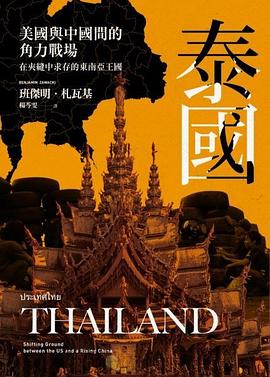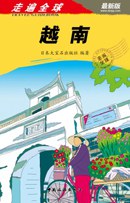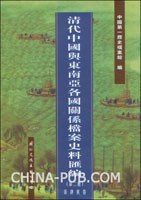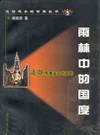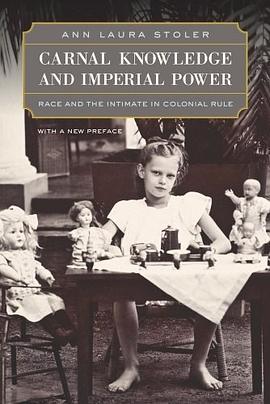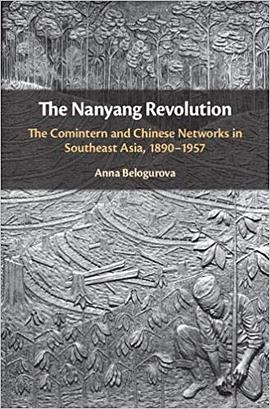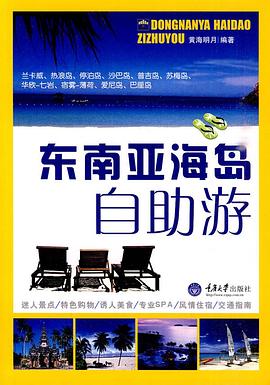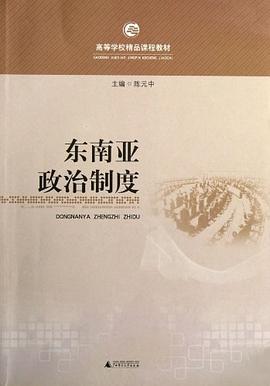

具体描述
《神灵的故事:东南亚宗教建筑》主要以国家的宗教建筑作为主要的研究对象,作为一国国家宗教的宗教建筑往往得到国家的大力支持和推行,也是拥有最多信众崇奉的对象,因此这类宗教建筑不但可以反映一个地区建筑艺术、技术所能达到的最高水平,也保留了这个地区主要的历史、文化发展信息。
作者简介
谢小英,1976年7月生于广西桂林。现为华南理工大学建筑历史与理论专业博士研究生,广西大学讲师,广西华蓝设计(集团)有限公司客座研究人员。在《古建园林技术》、《建筑》等专业杂志上发表论文多篇。 丛书主编简介: 雷翔,1957年10月生于四川成都。城市规划博士,教授级高级规划师。广西华蓝设计(集团)有限公司董事长、总经理、总规划师,国务院“政府特殊津贴专家家”、建设部专家委员会专家、广西优秀专家,华中科技大学、华南理工大学、西南交通大学、广西大学等大学兼职教授,华南理工大学亚热带建筑科学国家重点实验室研究员.《规划师》杂志主编,中国城市规划协会常务理事,中国城市规划协会信息工作委员会主任委员,广西城乡规划协会理事长。著作有《走向制度化的城市规划决策》、《热带海滨城市设计》(合著),主编《广西民居》等学术著作,在《城市规划》、《城市规划汇刊》、《规划师)、《建筑学报》等国内外专业杂志上发表论文四十余篇。
目录信息
序Ⅰ
序Ⅱ
总前言
前言
第一章 东南亚宗教建筑的社会文化背景
1.1 海上贸易:文化接触与宗教传播
1.2 村社制度:宗教及宗教建筑移植的基础
1.3 本土信仰:宗教及宗教建筑融汇的土壤
1.4 神王合一:宗教及宗教建筑发展的内在动力
1.5 稻作文明:宗教建筑空间性质和装饰意义的源泉
第二章 东南亚的主要宗教和宗教建筑类型
2.1 东南亚的婆罗门教、佛教、印度教及印度教-佛教建筑
2.2 东南亚的伊斯兰教及清真寺建筑
2.3 东南亚的天主教及天主教堂
第三章 东南亚宗教建筑的早期
3.1 骠国的建筑
3.2 堕罗钵底的建筑
3.3 扶南及真腊前期的建筑
3.4 占婆早期建筑
3.5 马来半岛(现泰国南部)的早期建筑
第四章 东南亚宗教建筑的成型期
4.1 中爪哇时期的印度教-佛教建筑
4.2 吴哥时期的印度教-佛教建筑
4.3 蒲甘王朝的印度教-佛教建筑
4.4 占婆印度教-佛教建筑的盛期
第五章 东南亚宗教建筑的后期
5.1 东南亚印度教-佛教建筑的后期
5.2 东南亚清真寺建筑
5.3 东南亚天主教堂
第六章 传承与变异:东南亚宗教建筑传统特征及在现代的运用
6.1 东南亚宗教建筑的传统特征语汇
6.2 东南亚宗教建筑的艺术特质
6.3 东南亚宗教建筑传统语汇的运用
主要参考文献
图片来源
后记
Foreword Ⅰ
Foreword Ⅱ
General Preface
Preface
Chapter 1 Social Origins of Southeast Asian Ecclesiastical Architecture
1.1 Maritime Cultural Connections and Religious Proliferation
1.2 The Vernacular Transference of Religion and Ecclesiastical Architecture
1.3 The Convergence of Indigenous Religions and Ecclesiastical Architecture
1.4 Internal Motivation for the Rise of Religion and Ecclesiastical Architecture
1.5 Rice Culture Affects the Spatial and Decorative Qualities of Ecclesiastical Architecture
Chapter 2 Major Architectural Typologies of Southeast Asian Religions
2.1 Brahmanist,Buddhist,Hindi,and Hindu-Buddhist Architecture
2.2 Islam and Mosques
2.3 Catholicism and Catholic Churches
Chapter 3 Early Ecclesiastical Architecture of Southeast Asia
3.1 The Pyu Kingdom
3.2 The Dvaravati Kingdom
3.3 The Kingdoms of Funan and Early Chenla
3.4 The Early Champa Kingdom
3.5 The Malay Peninsula South of Present-Day Thailand
Chapter 4 High Ecclesiastical Architecture of Southeast Asia
4.1 Hindu-Buddhist Architecture of the Central Java Era
4.2 Hindu-Buddhist Architecture of the Angkor Era
4.3 Hindu-Buddhist Architecture of the Pagan Dynasty
4.4 Hindu-Buddhist Architecture at the Height of the Champa Kingdom
Chapter 5 Late Ecclesiastical Architecture of Southeast Asia
5.1 Late Hindu-Buddhist Architecture
5.2 Mosque Architecture
5.3 Catholic Churches
Chapter 6 Attributes and Applications of Southeast Asian Ecclesiastical Architecture
6.1 The Vocabulary of Traditional Architectural Features
6.2 Aesthetic Characteristics of Traditional Ecclesiastical Architecture
6.3 Modern Applications of Traditional Architectural Features
Bibliography
Image Sources
Epilogue
· · · · · · (收起)
读后感
评分
评分
评分
评分
用户评价
图好看,话说得也漂亮。算是不错的综述!
评分图好看,话说得也漂亮。算是不错的综述!
评分对东南亚的研究还任重道远着呢。
评分匆匆翻过 天图
评分匆匆翻过 天图
相关图书
本站所有内容均为互联网搜索引擎提供的公开搜索信息,本站不存储任何数据与内容,任何内容与数据均与本站无关,如有需要请联系相关搜索引擎包括但不限于百度,google,bing,sogou 等
© 2026 book.quotespace.org All Rights Reserved. 小美书屋 版权所有


